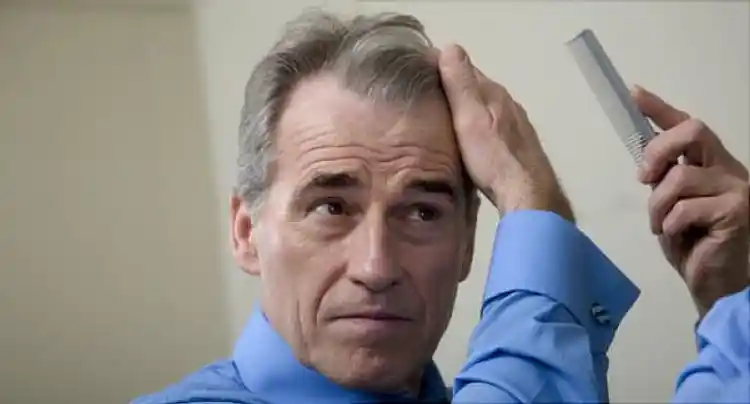Hair Loss Treatment

Hide Video Transcript
Video Transcript
[MUSIC PLAYING]
If you're losing hair and it's not male-pattern baldness, you'll want to see a dermatologist to find out exactly what the problem is and what treatment is appropriate.
Step two, do your homework. Don't be fooled by products that seem too good to be true. There are only two FDA-approved treatments that have been shown in clinical studies to slow or stop hair loss or regrow hair-- minoxidil and finasteride. The FDA has also cleared use of low-level laser therapy, which may stimulate hair growth for some people, especially when used in combination with one of the two FDA-approved treatments.
But the jury is still out on how effective it is. Minoxidil is a topical treatment that's available over-the-counter. Make sure to read and follow the package label carefully. Finasteride is a prescription pill, and your doctor can tell you how to take it and discuss possible side effects.
Step three, decide which treatment is right for you. Get ready, guys. This requires you to make a commitment. Both of these products require ongoing use. If you stop, you're likely to be right back where you started. They're usually not covered by standard insurance plans either. So cost may be a major factor in deciding which one you want to use.
For men with male-pattern baldness, minoxidil and finasteride are sometimes used in combination. However, finasteride should not be used by women or children.
HOLLY MCCOPPIN
Hi. I'm Dr. Holly McCoppin. If you're a guy who's thinking about using a hair loss treatment, your first step is to make sure that what you have is male-pattern baldness, and not some other scalp condition. The telltale sign of male-pattern baldness is a thinning of the hair on the crown or top of the head. If you're losing hair and it's not male-pattern baldness, you'll want to see a dermatologist to find out exactly what the problem is and what treatment is appropriate.
Step two, do your homework. Don't be fooled by products that seem too good to be true. There are only two FDA-approved treatments that have been shown in clinical studies to slow or stop hair loss or regrow hair-- minoxidil and finasteride. The FDA has also cleared use of low-level laser therapy, which may stimulate hair growth for some people, especially when used in combination with one of the two FDA-approved treatments.
But the jury is still out on how effective it is. Minoxidil is a topical treatment that's available over-the-counter. Make sure to read and follow the package label carefully. Finasteride is a prescription pill, and your doctor can tell you how to take it and discuss possible side effects.
Step three, decide which treatment is right for you. Get ready, guys. This requires you to make a commitment. Both of these products require ongoing use. If you stop, you're likely to be right back where you started. They're usually not covered by standard insurance plans either. So cost may be a major factor in deciding which one you want to use.
For men with male-pattern baldness, minoxidil and finasteride are sometimes used in combination. However, finasteride should not be used by women or children.